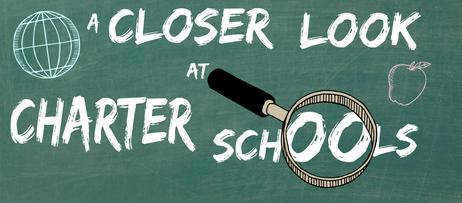One of the fastest-growing trends in the educational landscape of 21st-century America is single-sex education. Fueled by research studying the different learning styles between the two genders, more public schools are contemplating single-sex student populations. As the public grows more concerned about achievement gaps between girls and boys, parents are increasingly seeing single-sex public schools as an attractive alternative to conventional coeducational environments.
The Growing Support for Single-Sex Education
Fueled by a bevy of research, proponents of single-sex education tout several benefits that are not associated with coeducational campuses.
A Way to Address Gender Gaps
In the 1990s, the American Association of University Women issued a report called "Shortchanging Girls, Shortchanging America," which raised public awareness about how girls' self-esteem and proclivity for mathematical and scientific pursuits plummet as they progress through the public school system.
In the 2000s, the public's focus began to shift towards how our public school system shortchanges boys, as boys increasingly lagged behind girls in rates of high school graduation and college matriculation. While boys still tend to outscore girls in math and science achievement tests, girls tend to outpace boys in reading and writing tests.
Many advocates for single-sex schooling believe that gender-segregated classrooms can help to undo these seemingly entrenched gender disparities. Tom Carroll, chairman and founder of the Brighter Choice Charter School for Boys and the Brighter Choice Charter School for Girls in Albany, says that his schools' recently released test scores showed that his students performed better on




































